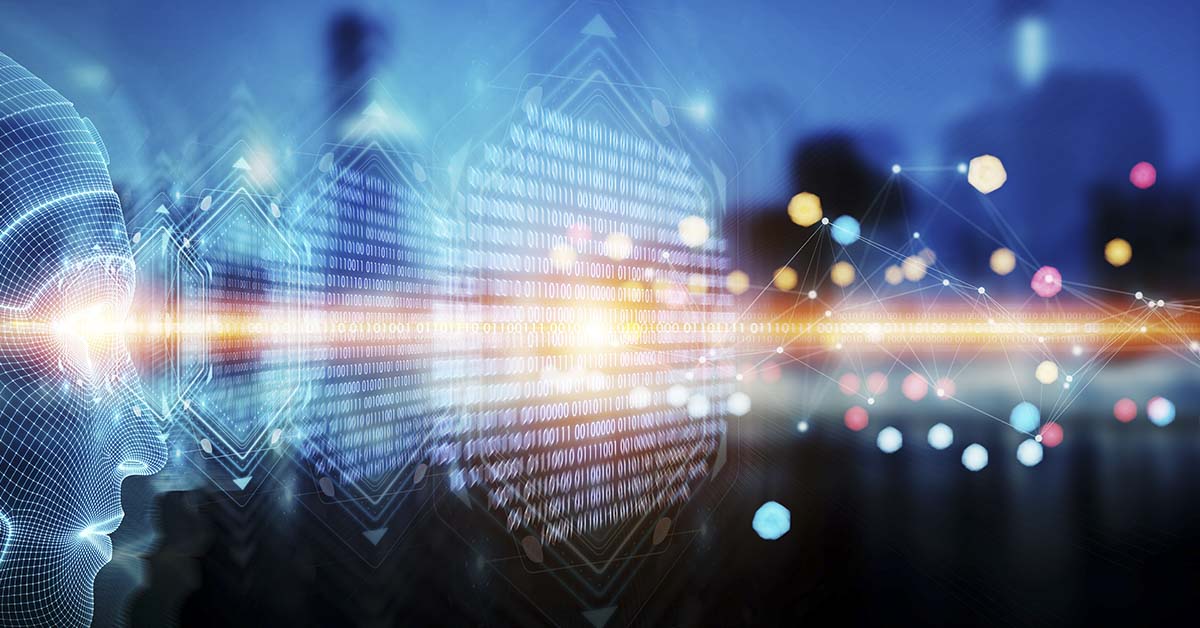Technology is moving fast. So quickly, in fact, that some experts suggest a possible trend in which artificial intelligence (AI) will reach the singularity within seven years. At this point, there will be no distinction between human and machine or physical and virtual reality. They say this could be by the end of this decade.
Experts Say We Could Reach Singularity In Just 7 Years
AI researchers and technology forecasters have claimed that the progress of AI has been advancing rapidly. It is moving so quickly that they say we’re approaching a point where it can perform complex tasks with the same skills and abilities as humans. However, some disagree with this prediction and believe technology will not reach singularity within seven years. Translated, a translation company claims that researchers must first advance AI to the point where it outperforms human intelligence before reaching singularity. As of right now, we haven’t quite gotten there. (1)
What Is Singularity?
The term singularity refers to a hypothetical time when technological growth becomes so rapid that unforeseeable changes occur to human civilization. This is known as technological singularity. This is a point in time where AI becomes so advanced that it surpasses human intelligence. It is thought that this event will eventually happen and that it will have many different consequences. (2)
Singularity is a concept that transcends artificial intelligence and involves infinite intelligence growth beyond human intelligence. It is believed that singularity will be reached when computers become so powerful that they can think, learn, and do anything humans can. This means that artificial intelligence will surpass the boundaries of humanity and create a superintelligence, which will lead to unpredictable advancement in all areas of life. Singularity would erase the boundary between humanity and computers, allowing us to think and interact with them as if they were living beings. This could be done through a reciprocal graph or machine learning algorithms.
Read: AI is Quietly Eating Up the World’s Workforce with Job Automation
How Is Singularity Measured?
One unique metric researchers use to measure how close humanity is to approaching singularity is translation company Translated. This metric gives an indication of how close humanity is to the point of AI surpassing human intelligence, or AGI. While it’s impossible to predict when this will occur, this metric shows that we are getting closer and closer. The translation company claims seven years as a possible timeline for reaching it.
AI Is Changing The World As We Know It
Humanity stands on the brink of a technological transformation that could revolutionize human life, and the trend suggests that singularity is within our reach. The speed of knowledge-sharing ability, coupled with human ingenuity and intelligence, has already greatly impacted the rate of technological change. This super-intelligent AI is capable of learning on its own and could merge with our brains to increase their capacity exponentially. Before this can happen, however, we must first understand its origins in technological development. Humans and technology are inextricably intertwined, as technology exists only because humans created it.
We Will Become Smarter With The Technology
Human artificial intelligence (AI) has been able to conceive AI capable of inventing technological tools. This remains true in the concept of a technological singularity, a thought that human beings will reach a level of artificial intelligence beyond which anything is possible. Ray Kurzweil, an American author and futurist proposed the idea that machines could soon be capable of translating speech and thought, ultimately changing society as we know it today. (3)
His prediction that humanity may reach singularity within just seven years is supported by recent trends. In 2018, Microsoft Research showed its AI system achieved human-level translation quality with its human-produced translation. This has marked a significant improvement in the capabilities of human-machine interactions, particularly in the physical and virtual reality realms. Google closed its AI gap in a similar 8-year period, where it could bridge the distinction between machine and human translation performance over a decade.
We Can’t Be Afraid Of The Future
Technology isn’t going anywhere. Like it or not, we will continue to advance. Rather than fight against it, you’re better off learning how to use and work with it. The more familiar you are with technology, the less scary it will be. It will also mean that you will be able to use it to your advantage rather than having it make you “obsolete,” as many people seem to be afraid of. Lean into the change, adapt, and grow – you never know where it might take you.
Keep Reading: Meet Loab, the AI Art Woman Haunting the Internet
Sources
- “Artificial Intelligence May Hit The Singularity Within 7 Years, Researchers Claim.” IFL Science. James Felton. January 25, 2023.
- “Singularity: Explain It to Me Like I’m 5-Years-Old.” Futurism. Roey Tzezana. March 3, 2017.
- “The Singularity Is Near: When Humans Transcend Biology.” Amazon. Ray Kurzweil

